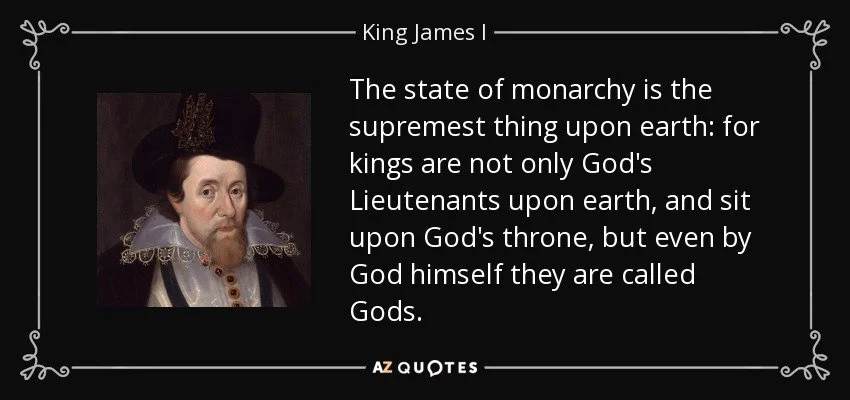The Evolution of Government: From Feudalism to Absolute Monarchy
The Feudal System: Protection and Resources in Post-Roman Europe
After the fall of the Roman Empire in 476 CE, Europe faced political instability and frequent invasions. With no strong central authority, local rulers created a system known as feudalism to maintain order and provide protection.
What was the feudal system, and how did it structure medieval European society?
Feudalism was a hierarchical system based on landownership and loyalty.
Kings granted land to nobles (lords) in exchange for military service.
Lords gave portions of their land to knights, who provided protection.
Peasants (serfs) worked the land in return for protection and basic sustenance.
How did peasants or serfs contribute to the feudal system, and what rights did they have? What is Corvée Labor?
Serfs were tied to the land and provided labor, food, and taxes to their lords.
They had limited rights but received protection in return.
Corvée Labor was a system where serfs were required to work a set number of days on their lord’s land without pay.
Why was private property not recognized in the feudal system? What was Common Land?
Land was controlled by lords and leased to vassals and serfs; no individual owned land outright.
Common Land was shared land where peasants could graze animals or collect resources.
Feudalism functioned as both a political and economic structure. While it provided stability, it also limited centralized power as authority was divided among many competing nobles.
The Role of the Catholic Church in Governance and Society
During the Middle Ages, the Catholic Church was the most powerful institution in Europe. It provided structure, education, and moral guidance.
How did the Catholic Church influence medieval European states?
The Pope held authority over religious and political matters.
Many kings relied on clergy to manage their kingdoms, as they were among the few educated individuals.
The Church enforced Canon Law, which governed moral and religious behavior.
What were the consequences for those who opposed Church officials or doctrines?
Those who disobeyed the Church could face excommunication, which cut them off from the sacraments and Christian society.
Some individuals were tried for heresy, often facing severe punishments, including execution.
How did religious differences between states contribute to conflicts in medieval Europe?
Monarchs and the Church often clashed over appointing bishops (Investiture Controversy).
Different Christian sects emerged, leading to religious wars and political instability.
Despite these conflicts, the Church remained a dominant force until the late Middle Ages.
The Rise of Centralized Monarchies and the 'Divine Right of Kings'
As medieval Europe transitioned into the early modern period, kings sought to centralize their power and reduce the influence of feudal lords and the Church.
What is absolutism, and how did it change the structure of early-modern European states?
Absolutism is a system in which a ruler holds complete and unchecked power.
It replaced the fragmented rule of feudalism with centralized governments.
Monarchs Take Control:
They weakened the nobility by reducing their military and political power.
They built standing armies loyal to the crown.
They established bureaucracies to administer laws and taxes directly.
Louis XIV of France, Philip II of Spain, and Peter the Great of Russia are key examples.
Divine Right of Kings:
The Divine Right of Kings argued that monarchs were chosen by God and their authority could not be questioned.
Louis XIV famously stated, “L’État, c’est moi” (“I am the state”), emphasizing his absolute power.
James I of England claimed that opposing the king was equivalent to opposing God’s will.
This shift toward centralized power laid the foundation for modern nation-states, but it also sparked conflicts over governance. The struggle between absolute monarchs and those who sought to limit their power, such as England’s Parliament, would eventually lead to democratic revolutions.
Conclusion
The evolution of government from feudalism to absolute monarchy demonstrates how political systems adapt to societal needs. Feudalism provided stability but hindered central authority. The Catholic Church played a crucial role in shaping laws and societal values but faced challenges from emerging monarchies. Finally, the rise of absolute monarchs consolidated power, setting the stage for future debates over the limits of government authority. Understanding these transitions helps us recognize how historical governance models continue to influence modern political thought.
Questions:
1. How did the feudal system provide stability in medieval Europe?
2. What were the responsibilities of each class within the feudal hierarchy (king, nobles, knights, and peasants)?
3. Why was the Catholic Church considered the most powerful institution in medieval Europe?
4. What was the Divine Right of Kings, and why did monarchs use it to justify their rule?


